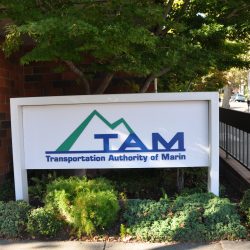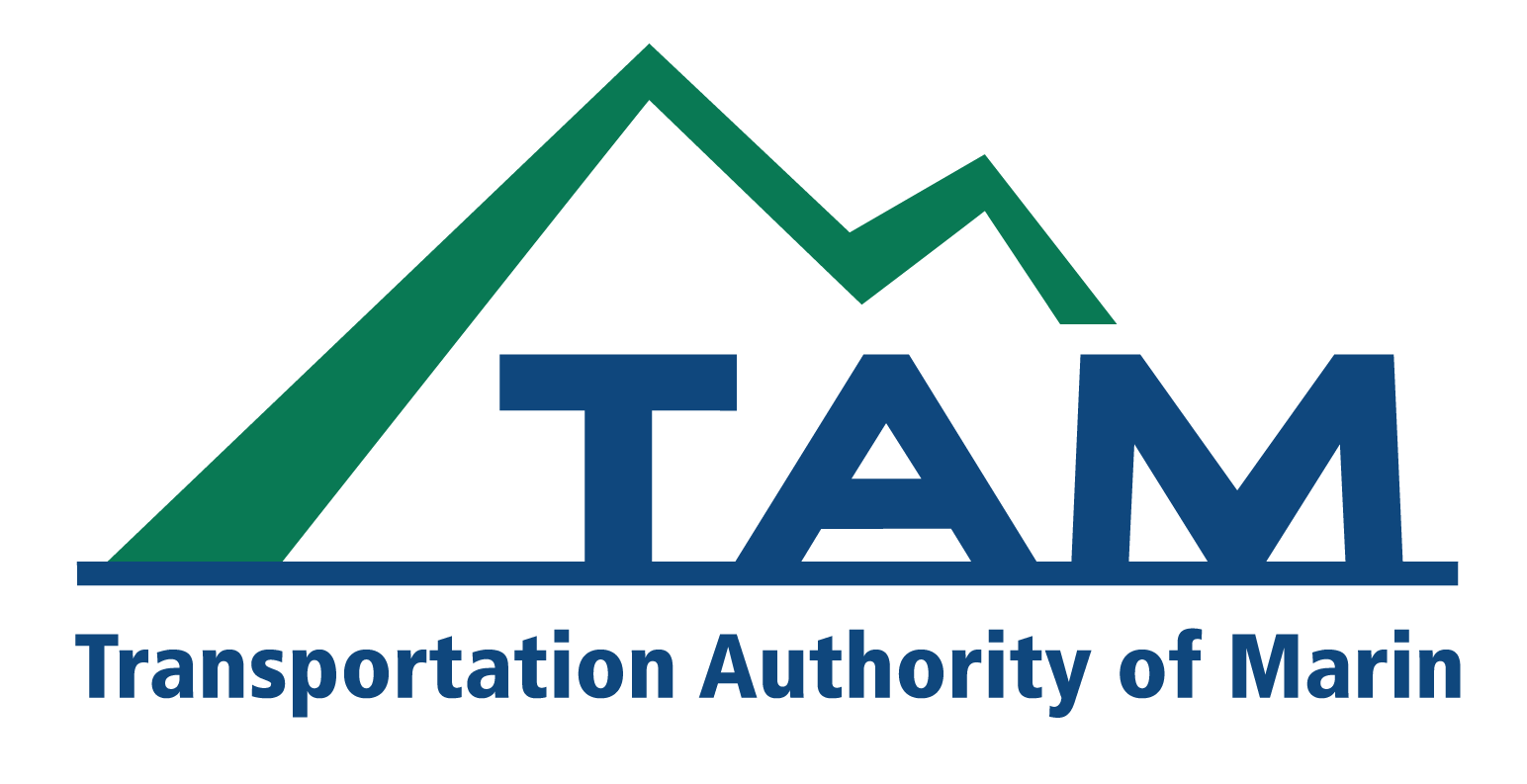
The Marin County Transportation Sales Tax Expenditure Plan, approved by voters as Measure A in November 2004, dedicates an estimated $499 million in local sales tax revenues to transportation needs in the County over a 20-year period.
Measure A local sales tax revenues supplement formerly reliable state and federal sources of transportation funding, which continue to dwindle. Measure A allows Marin County to continue to support the diverse mix of projects and programs that are necessary for improving overall mobility, including roads, highways, sidewalks, Safe Routes to School, bicycle lanes, transit and alternative commute options. It enables Marin County to control its own transportation future.
How is the sales tax revenue spent?
The 2004 Sales Tax Expenditure Plan lists projects and programs that are eligible for sales tax funds and establishes the maximum percentage of funds that can be allocated to each strategy. However, it does not specify exactly when allocations will be made.
That’s where the Measure A Strategic Plan comes in. Measure A funding is distributed according to the Measure A Strategic Plan, which is updated every two years. The strategic plan establishes the timing of allocations and addresses funding priorities. It also reconciles the timing of expected revenues with the schedule for when those revenues are needed in order for sponsors to deliver projects and services. And, it takes into consideration the availability of federal, state and other funds beyond Measure A.

The Measure A – Transportation Sales Tax Strategic Plan Update 2018 is a comprehensive document guiding the allocation of sales tax revenue over 20 years. With comprehensive policies and procedures corresponding to principles outlined in the Expenditure Plan approved by voters, this guiding document provides the necessary assurance to project and program sponsors, as well as the banking community, that TAM is managing its sales tax funds well.
The 2016 update continues the same 20-year outlook as previous plans. It is always developed in close coordination with project and program sponsors, as well as independent but related efforts, such as the ongoing implementation of Marin Transit’s Short Range Transit Plan to ensure that sales tax revenues are not overstated, and are consistent with TAM forecasts and Expenditure Plan commitments.
The 2018 update provides TAM’s most up-to-date strategy for managing revenues and expenditures responsibly and cost-effectively. It provides the best understanding of when revenue will be available and how that revenue will be spent.
However, it’s important to note that the strategic plan itself does not constitute a final funding commitment. Commitments to individual projects and programs are secured through actual allocation actions by the TAM Board of Commissioners.
Brief history: How the Expenditure Plan was developed
The foundation for the plan was developed over a four-year process during which hundreds of Marin residents, including elected officials and planners, met and participated in public forums to decide the best way to address Marin’s transportation needs. Ultimately, Citizens’ Advisory Committees in each part of the County, representing the many diverse interests in Marin, provided input that resulted in a draft Expenditure Plan.
Measure A currently raises approximately $25 million dollars per year estimated to provide nearly $500 million over 20 years toward local transportation needs.
Available Measure A Sales Tax Revenue
| Fiscal Year | Revenues* |
|---|---|
| FY24/25 | $25,664,61 |
| FY23/24 | $30,193,662 |
| FY22/23 | $29,601,630 |
| FY21/22 | $29,021,206 |
| FY20/21 | $28,452,162 |
| FY19/20 | $27,894,277 |
| FY18/19 | $27,347,330 |
| FY17/18 | $26,811,108 |
| FY16/17 | $26,285,400 |
| FY15/16 | $25,770,000 |
| FY14/15 | $25,265,790 |
| FY13/14 | $24,086,678 |
| FY12/13 | $23,619,507 |
| FY11/12 | $21,265,462 |
| FY10/11 | $20,259,801 |
| FY09/10 | $18,984,492 |
| FY08/09 | $19,320,196 |
| FY07/08 | $22,427,786 |
| FY06/07 | $23,068,785 |
| FY05/06 | $20,062,713 |
| FY 04/05 | $3,793,461 |
| Total Estimated | $499,196,059 |
* Revenues for fiscal years in the future are estimated.

